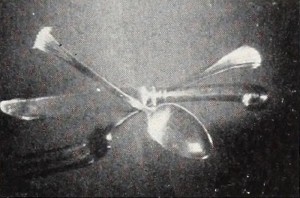
"Color, light and movement are skillfully and pleasurably combined in Jose M. Pavon's Form in Motion, an experimental film that "experiments" in the best sense of that word. Employing such simple properties as shower curtains, knives and forks and Mexican glassware, Mr. Pavon has used both his camera and his imagination to great effect. Unfortunately, the film from time to time moves beyond the subject matter limits set up by its title, an inconsistency which mars slightly the overall impact." Movie Makers, Dec. 1950, 467.
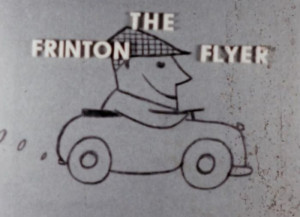
‘A frantic, speeded-up journey in a red Vauxhall Victor F-type, registration B90 F. The unidentified gentleman driver, presumably the filmmaker, hurries from the main Post Office in the High Street at Clacton-on-Sea, jumps in the car and heads north into Holland Road, through Holland-on-Sea to the Frinton Road, onwards to Kirby Cross and eventually to Glebe Way in Frinton-on-Sea, Essex. On reaching his destination, he parks in the drive and hurries indoors.
Vauxhall produced over 390,000 Victor cars between 1957 and 1976. It was a popular family-sized four-door saloon which became a huge success for the company with exports to all corners of the globe. The first version, branded the F series, offered an American-style curved windscreen and rear window, with additional ‘imported’ features, including the chromed front bumper design and sloping windscreen pillars. The exhaust pipe was concealed in the rear bumper detailing, visible below the offside lamp cluster towards the end of the film. The driving sequence of the film is shot at a slow frame rate, perhaps 6 or 8 frames-per-second, so that when projected at 24 frames-per-second the action is speeded up’ (BFI Player).
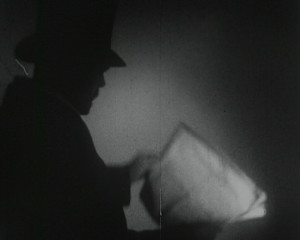
"An impressionistic, experimental film commenting on politics in Europe and the United States with references to the First World War, food shortages, the Weimar Republic, the world economy and the Wall Street Crash. Uses a mixture of animated silhouette and live action" (EAFA Database).
"doc. a fantasia"/avant-garde documentary
"doc. a fantasia"/avant-garde documentary
"doc. a fantasia"/avant-garde documentary
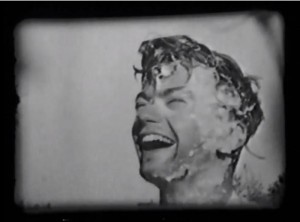
"Members of the National Film Society of Canada (Vancouver Branch) parody the early experimental works of American avant-garde filmmaker Maya Deren [to whom the film is dedicated]." (BC Archives)
The film is subtitled: "A conflict between two philosophies of time and space."
The film was shot in an area of sand dunes on Sea Island in Richmond, BC, near the location of Vancouver International Airport.
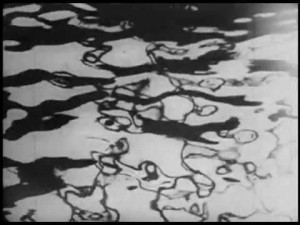
"This film is a study of water in the new manner: A series of photographic shots of the reflections of boats, ferry houses, docks, etc., on water and the whole resulting in a chain of pure abstract patterns of shapes in water. Steiner achieves an astonishing tempo as his film advances. The picture is bound to attract wide attention and a great deal of discussion wherever is shown." Photoplay, Nov. 1929, 67
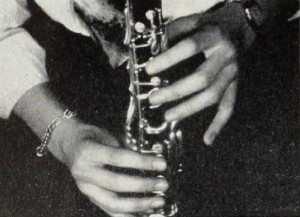
"Almost since the beginning of amateur movies, the dawn-to-dusk continuity has been a perennial favorite in personal movie making. In Hands Around the Clock, William Messner presents a suave and refreshing variation on this well-worn theme. For in his version, as the title suggests, only a pair of hands (apparently belonging to a talented teen-aged youth) portray the morning-to-midnight activities being pictured. Outstanding in Mr. Messner's production is the implicit evidence of exact and imaginative planning. Scene flows into scene, and sequence into sequence, with an effortless ease which finds every transition in exactly the right place. Mr. Messner's musical score is pleasantly suitable, excellently recorded and accurately synchronized. The producer of Maxine's Big Moment, a 1948 Ten Best, has taken a big step forward in creative filming." Movie Makers, Dec. 1950, 464.
"Film contains Sid and Charlotte's heads floating on a black background. They talk about the kinds of T.V. shows they like and it ends with Sid saying the punch line 'I can't stand a show that is all talking heads'." UCLA Film & Television Archive.
Total Pages: 16